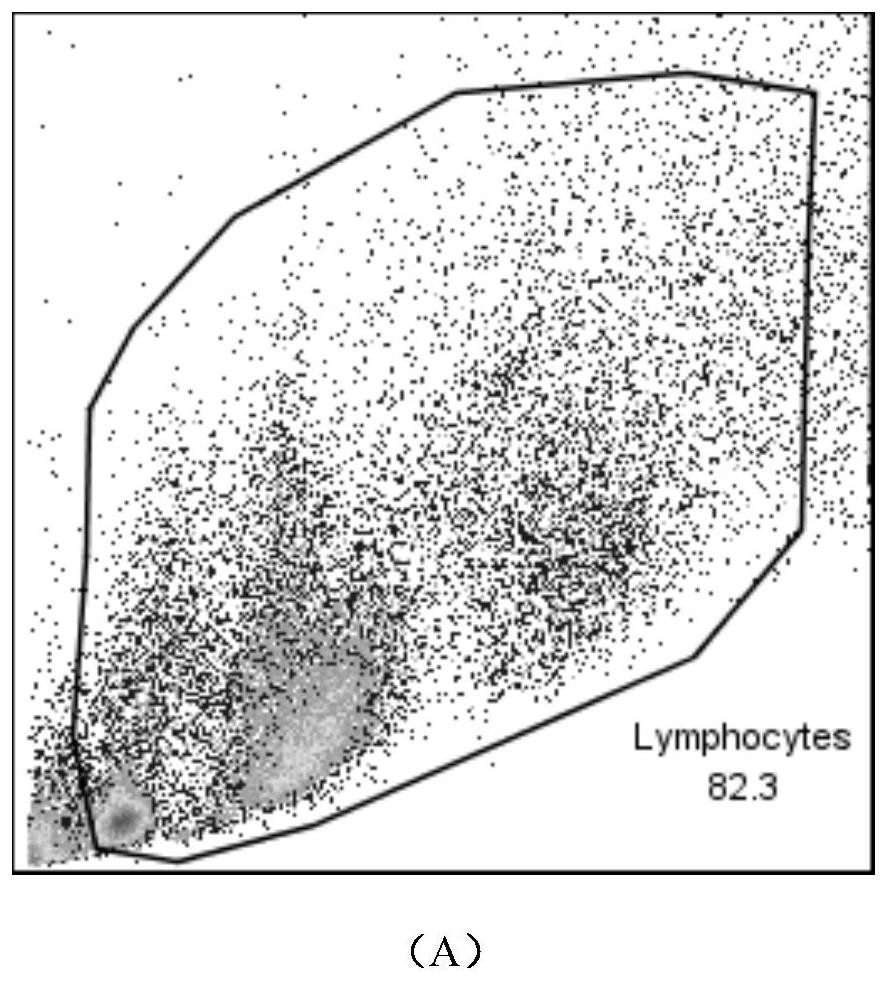Method for quantitatively separating and detecting infiltrative immune cells of small intestine muscularis
A detection method and immune cell technology, applied in the field of immune cell separation and detection, can solve problems such as missing cell groups
- Summary
- Abstract
- Description
- Claims
- Application Information
AI Technical Summary
Problems solved by technology
Method used
Image
Examples
Embodiment 1
[0033] Example 1 Quantitative isolation of small intestinal muscle infiltrating immune cells in an inflammatory state
[0034] 1. Liquid preparation
[0035] a. Lysis medium:
[0036] α-MEM medium (Sigma-Aldrich: M4526): 500ul
[0037] Penicillin-Streptomycin (penicillin-streptomycin double antibody solution, Gibco: 15140122, containing 10000 units / mL of penicillin and 10000 μg / mL of streptomycin): 50ul
[0038] 2-Mercaptoethanol (2-mercaptoethanol, Sigma-Aldrich: M6250): 500ul
[0039] 5% Fetal bovine serum (5% (v / v) fetal bovine serum, Gibco: 10093): 25ml
[0040] b. Digestion Medium
[0041] For every 5ml of lysis medium add:
[0042] 3.13ug DNase I (Sigma-Aldrich: 10104159001)
[0043] 250ug COLLAGENASE II (Collagenase II, Sigma-Aldrich: C5138-100MG)
[0044] 125ug PROTEASE type I (Type I protease, Sigma-Aldrich: 9001-92-7)
[0045] c. Flow buffer
[0046] PBS 500ml
[0047] 2% Fetal bovine serum (Gibco: 10093): 10ml
[0048] 2. Take materials
[0049] Inflamma...
PUM
 Login to View More
Login to View More Abstract
Description
Claims
Application Information
 Login to View More
Login to View More - R&D
- Intellectual Property
- Life Sciences
- Materials
- Tech Scout
- Unparalleled Data Quality
- Higher Quality Content
- 60% Fewer Hallucinations
Browse by: Latest US Patents, China's latest patents, Technical Efficacy Thesaurus, Application Domain, Technology Topic, Popular Technical Reports.
© 2025 PatSnap. All rights reserved.Legal|Privacy policy|Modern Slavery Act Transparency Statement|Sitemap|About US| Contact US: help@patsnap.com



